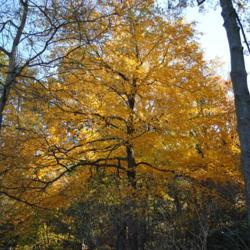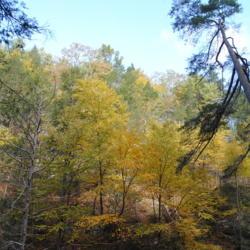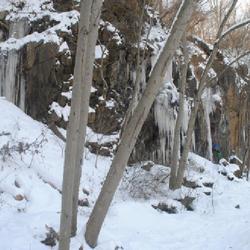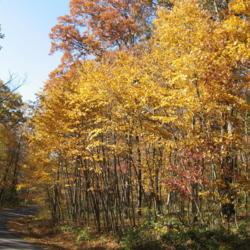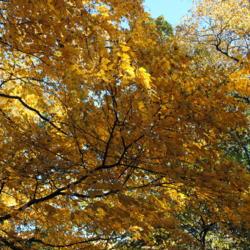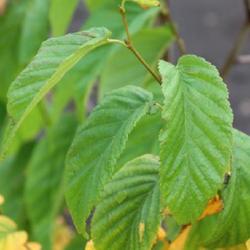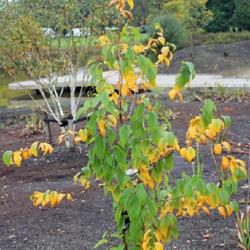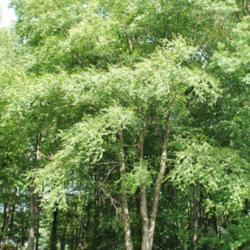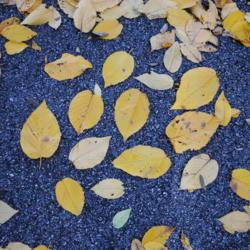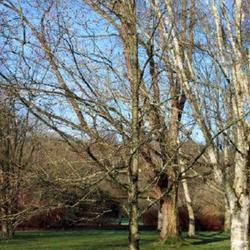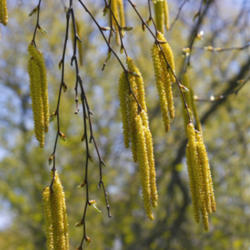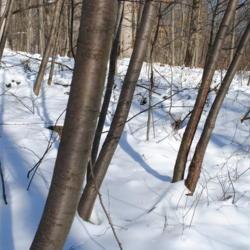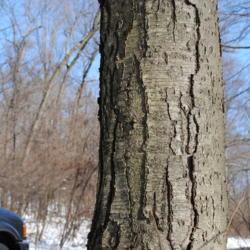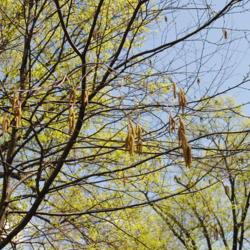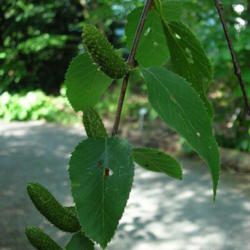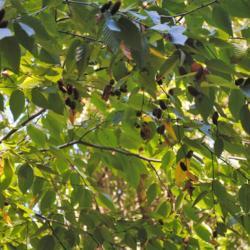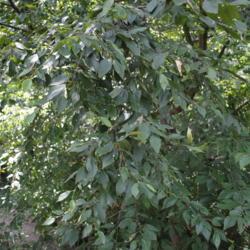| Plant Habit: | Tree |
| Sun Requirements: | Full Sun Full Sun to Partial Shade Partial or Dappled Shade |
| Water Preferences: | Mesic |
| Soil pH Preferences: | Very strongly acid (4.5 – 5.0) Strongly acid (5.1 – 5.5) Moderately acid (5.6 – 6.0) Slightly acid (6.1 – 6.5) |
| Minimum cold hardiness: | Zone 3 -40 °C (-40 °F) to -37.2 °C (-35) |
| Maximum recommended zone: | Zone 7b |
| Plant Height: | 50 to 80 feet (15-24 m) |
| Plant Spread: | 35 to 50 feet |
| Leaves: | Good fall color Deciduous |
| Fruit: | Other: brown strobiles 1 to 1.5 inches long |
| Fruiting Time: | Late summer or early fall Fall |
| Flowers: | Other: yellowish catkins 1 to 2 inches long |
| Flower Color: | Yellow |
| Bloom Size: | 1"-2" |
| Flower Time: | Spring |
| Uses: | Shade Tree |
| Dynamic Accumulator: | P (Phosphorus) K (Potassium) Ca (Calcium) |
| Wildlife Attractant: | Birds |
| Resistances: | Deer Resistant Rabbit Resistant Humidity tolerant |
| Propagation: Seeds: | Provide light Stratify seeds: one month Days to germinate: 14 to 28 days Depth to plant seed: shallow |
| Pollinators: | Wind |
| Miscellaneous: | Tolerates poor soil Monoecious |
| Conservation status: | Least Concern (LC) |
